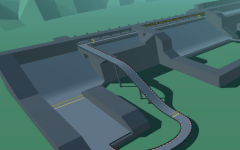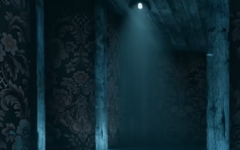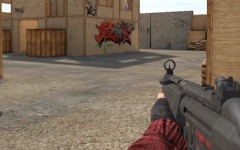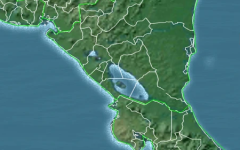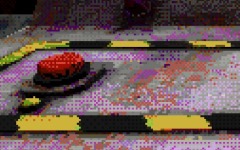Advertisement
Kamila
Advertisement

Kamila is a story-focused game that follows the personal journey of a young woman navigating an unfamiliar and unsettling world. The experience blends elements of exploration, puzzle-solving, and symbolic storytelling. Players take on the role of Kamila as she searches for understanding in an environment that constantly shifts between moments of calm and unease. With no combat system and minimal UI, the game focuses on atmosphere, visual storytelling, and emotional interaction with the surroundings.
A World Built on Memory and Change
The world of Kamila is designed to reflect the internal state of its main character. Buildings appear distorted, doors lead to impossible places, and familiar spaces transform based on Kamila’s decisions. The player is encouraged to interact with objects, symbols, and mysterious characters to gather fragments of her past. These pieces form a larger picture, slowly revealing what led Kamila to this point. Time passes unevenly in the game world, and each scene represents a different emotional state rather than a fixed timeline.
Features That Shape the Experience
The game offers a range of interactions and mechanics that support the narrative:
- Environmental puzzles that rely on observation and pattern recognition
- Dialogue choices that subtly alter the direction of the story
- Shifting landscapes that reflect Kamila’s internal growth
- Visual metaphors replacing traditional cutscenes
- A soundtrack that evolves based on the player’s path
These features are integrated into the exploration and encourage a thoughtful pace, allowing players to engage more deeply with the world and its meanings.
A Story Without Clear Answers
Kamila is not a game that delivers straightforward conclusions. The choices players make influence the journey but not in predictable ways. The narrative remains open, inviting interpretation rather than forcing resolution. Players may leave the game with questions rather than answers, but this ambiguity is intentional. It invites reflection on the emotional states explored during the game and challenges players to consider what they brought into the experience themselves.
At its core, Kamila is a quiet game that asks the player to look inward as much as outward. It avoids conventional storytelling techniques in favor of a more intimate and symbolic approach. The strength of the game lies in its ability to create connection through subtle design, sound, and imagery rather than dialogue or exposition. Kamila offers a unique path through a dreamlike space where meaning is found not in what is said, but in what is felt.





















































































































